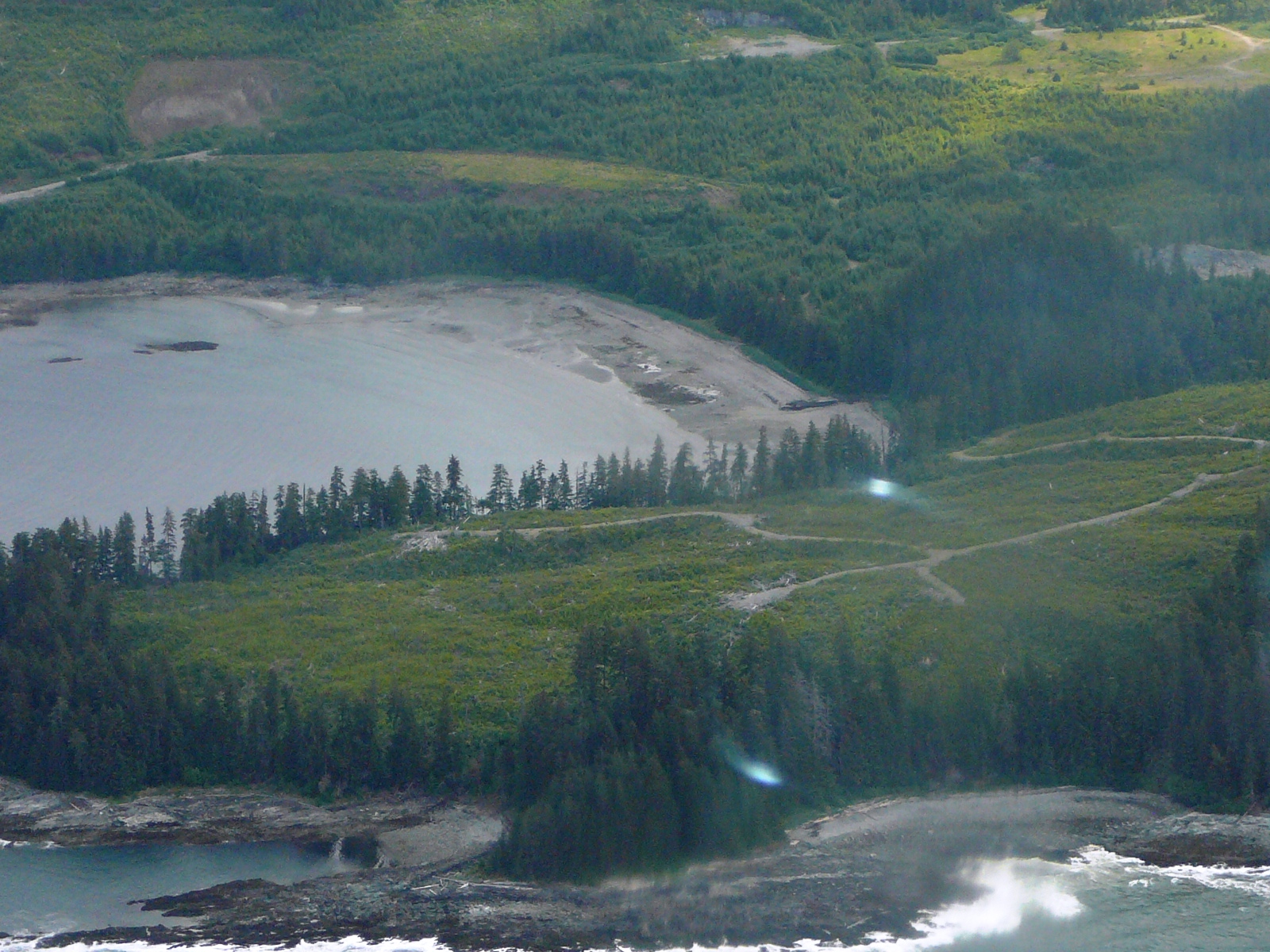The most recent Interior Department appropriations bill includes provisions aimed at helping Alaska’s struggling timber industry. But one group says they go too far.
Budget bills often attract extra provisions that might not gain the attention needed to pass on their own.
That was the case for the most recent federal Department of Interior appropriations measure, signed in December by President Barack Obama.
Senator Lisa Murkowski inserted four items targeting logging in Southeast’s Tongass National Forest. They also apply to Southcentral’s Chugach National Forest.
Robert Dillon, Murkowski’s Energy and Natural Resources Committee spokesman, says one provision changes the appeals process for timber sales and other projects.
“It says, ‘Listen, before we give you the permit, before you finalize the process, let’s go ahead and do any appeals and take care of it just to streamline it a bit’,” he says.
“We see that to be very consistent with our intentions of taking a more collaborative approach to forest management, “ says Alaska Regional Forester Beth Pendleton.

She says the measure makes official what’s already being done.
“And I think it will increase the likelihood of resolving concerns and then resulting in a better, more informed decision in the long run,” she says.
The Southeast Alaska Conservation Council, a group that’s filed many formal objections, doesn’t like the provision. Bob Claus is SEACC’s forest program director.
“On the face of it, it doesn’t make sense that an appeal would happen before final approval. It happens after. That’s why they call it an appeal,” Claus says.
Another part of the appropriations bill aims to make it easier to sell red cedar, which is less common in the Tongass than hemlock or spruce.
SEACC doesn’t like that provision either.
“The Alaska red cedar export doesn’t do anything to help high-value-added industry in Southeast Alaska, which is where we think we ought to be capturing the value from the trees that are harvested her,” Claus says.
“It’s correct in that it does provide some authority for the export,” says the Forest Service’s Pendleton.
But she says that’s not the only priority.
“After that, that first right to process and mill goes to our local Alaska mills and our West Coast mills,” she says.
Another provision exempts logging road construction runoff from Environmental Protection Agency review. Pendleton and Murkowski spokesman Dillon say it just continues what’s been done for 30 years.
But SEACC’s Claus says it ignores an opportunity to protect clean water.
“There’s been a history of bad construction practice of roads. And this seems to continue that, which we would object to,” he says.
The final provision continues waiving a requirement that the Forest Service review management plans every 15 years.
Pendleton says it could impact decisions elsewhere, but not here.
“All of our plans, for the Tongass and the Chugach National Forest, are current in Alaska at this time,” she says.
Murkowski, in a press release, says the provisions are particularly important, since the Interior Department owns about two-thirds of Alaska’s lands.
Dillon, her spokesman, says the add-ons should help what was once one of Southeast’s main economic engines.
“We don’t want timber harvests and other activity to be stopped because of bureaucratic processes. So these provisions kind of fix loopholes and keep things going forward,” he says.
Pendleton says the Forest Service has no objections.
“These provisions in the Interior appropriations bill, I find them all to be helpful. There’s really nothing in the appropriations bill for Alaska that’s really upsetting or of really any major concern,” she says.
But Claus, of SEACC, thinks it’s the wrong way to bring about change.
“Tacking things onto appropriations bills is not the best to make public policy,” he says.
The Forest Service says the provisions mesh with new rules for forest management plans.
Other Alaska items in the appropriations measure cover Native health programs and facilities, rural water system improvements and the Alaska Volcano Observatory.
